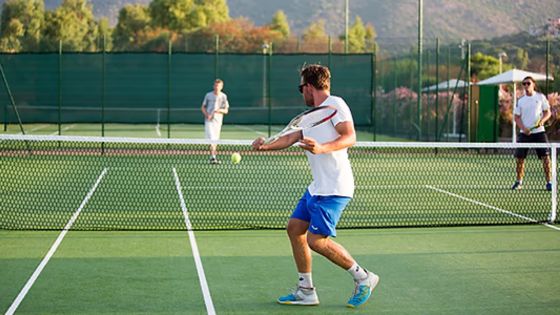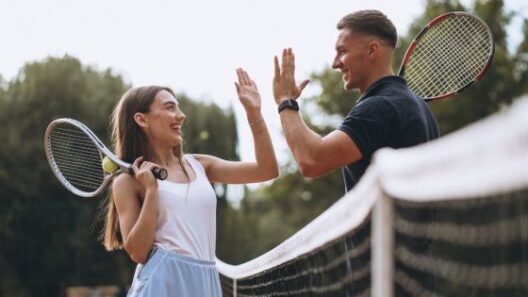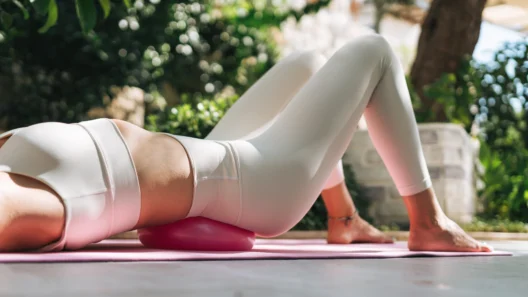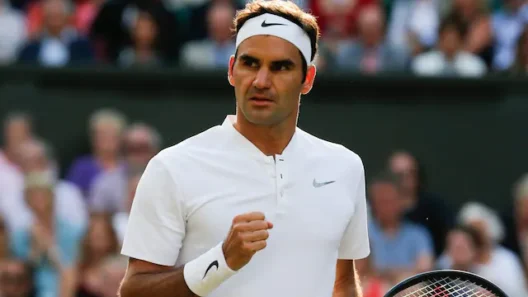The serve is arguably the single most important shot in tennis. It is the only shot you start with complete control over, and a dominant serve can dictate the entire rhythm of a match. For beginners and experienced players alike, mastering the serve is the fastest way to elevate your game.
Improving your serve isn’t just about raw power; it’s about technique, consistency, and strategy. We’ve compiled essential tips and mechanics, drawing from the insights that define the professional game.
1. The Foundation: Grip and Stance
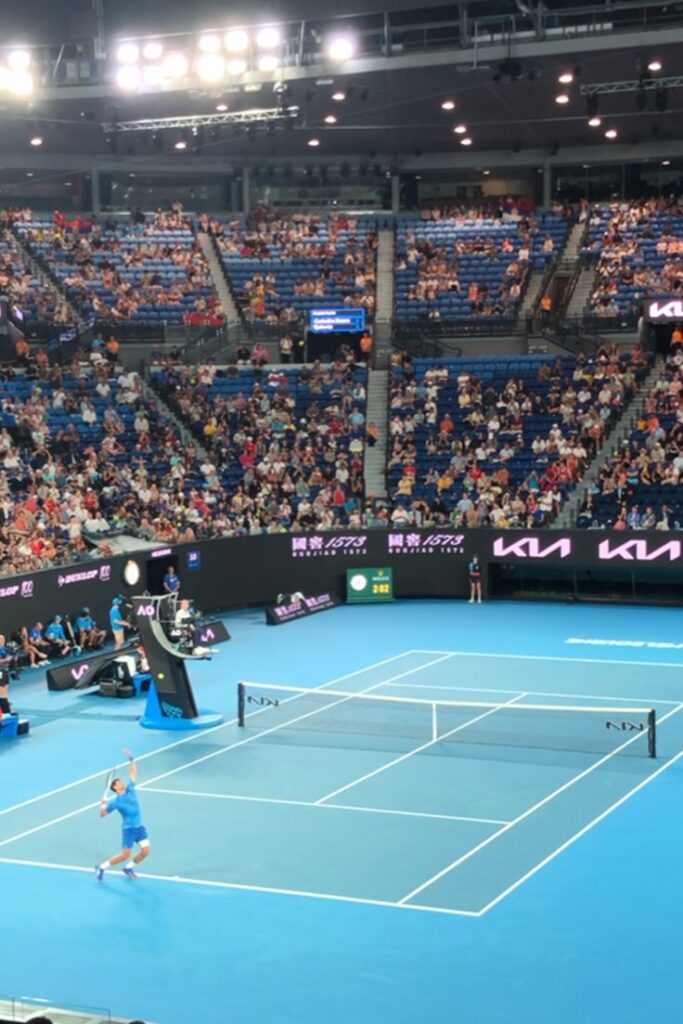
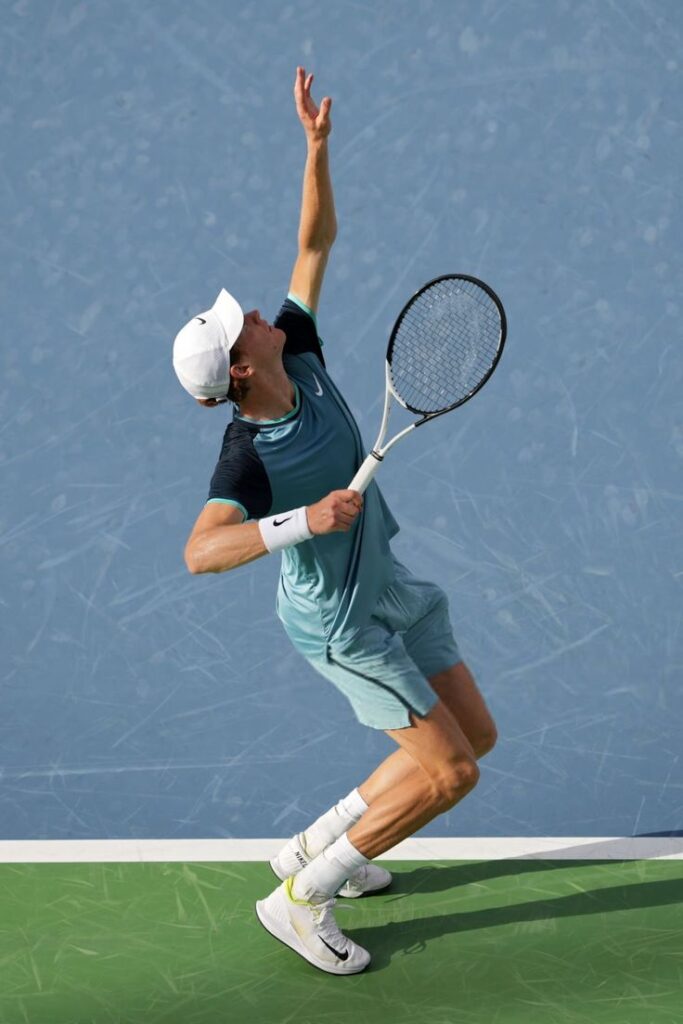
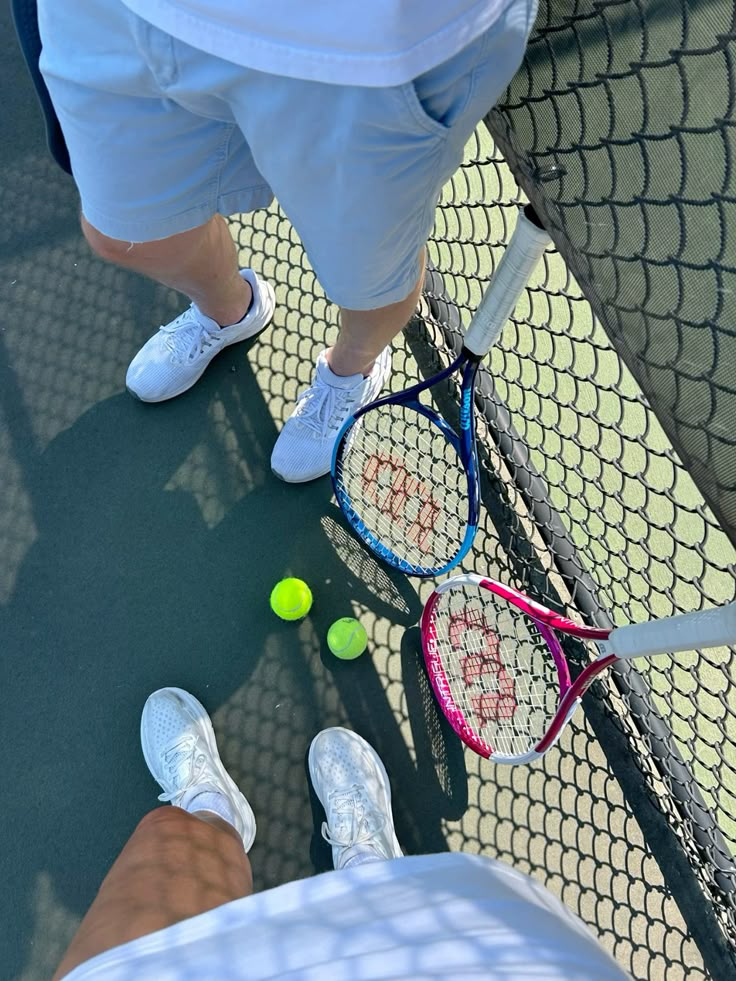
A consistent serve starts before the toss. The slightest error in your grip or footwork will compound into a major fault by the time the ball is struck.
The Continental Grip is Non-Negotiable
This is the most crucial mechanical tip. If you’re holding your racquet with a familiar Eastern or Semi-Western grip (used for forehands), you will struggle to generate proper spin and power.
- How to Find It: Hold the racquet face vertically. Imagine a hammer, and use that “hammer grip.” The base knuckle of your index finger and the heel pad of your hand should rest on bevel 1 (for a right-hander) or bevel 8 (for a left-hander).
- Why It Works: The Continental grip forces your wrist and forearm to pronate (turn over) naturally through the hitting zone. This motion is what creates the kick on a topspin serve and the slice on a wide serve. Without it, you’ll be pushing the ball instead of snapping it.
The Stance: Platform or Pinpoint
There are two primary ways to stand, and you must choose the one that feels most natural to your body’s movement.
- Platform Stance: Your feet stay roughly shoulder-width apart and do not move until you start your motion. This provides a very stable base for consistent power. It’s often easier for beginners to master the balance.
- Pinpoint Stance: The back foot slides up to meet the front foot before the jump. This allows players to transfer momentum forward more explosively, often generating more power. However, it requires excellent timing and balance.
Tip: Start with the platform stance to establish consistency and balance. Once the mechanics are grooved, experiment with the pinpoint stance for added drive.
2. The Toss: The Serve’s Lifeline
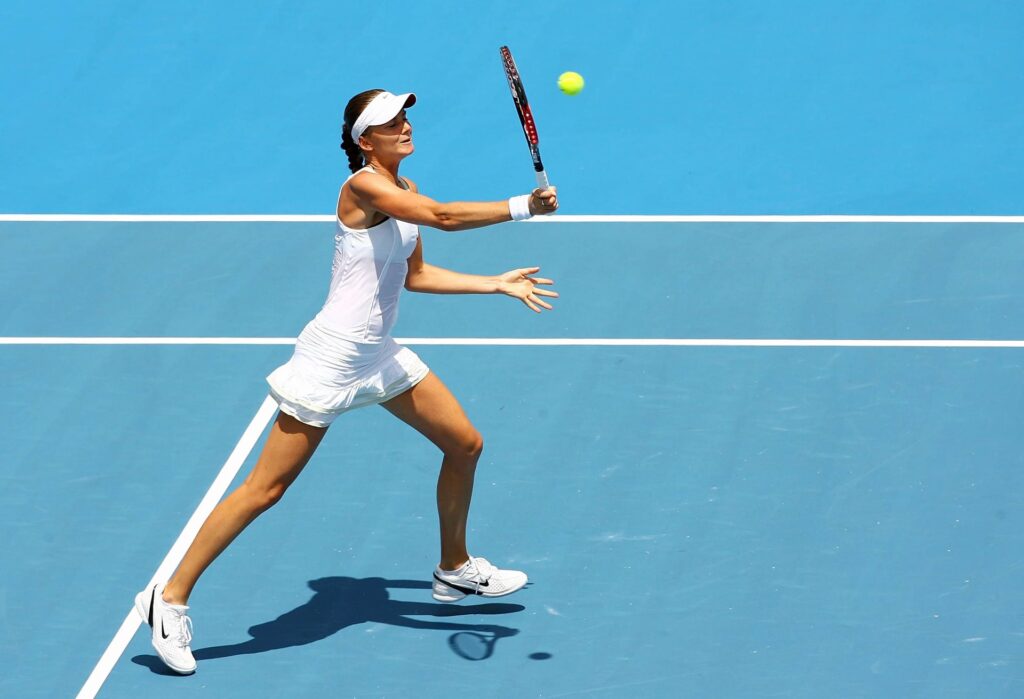
A bad toss guarantees a bad serve. Even the best servers in the world struggle when their toss is inconsistent. Pros spend hours training for a perfect toss.
Key Principles of the Perfect Toss
- Height: The ball should rise just high enough to be hit at the maximum extension of your racquet. If it’s too low, you rush your motion; if it’s too high, you lose rhythm and timing. A good rule of thumb is about a racquet length higher than your extended reach.
- Location for Power (Flat Serve): For max power and a flat serve, the toss should land slightly into the court and slightly to the hitting arm side (about 10 to 12 o’clock). This allows you to drive your body forward and hit up through the ball.
- Location for Spin (Kick/Slice Serve): For spin serves, the toss should be more directly overhead (around 12 to 1 o’clock). This forces you to brush up and across the ball, generating spin.
- The Grip: Hold the ball gently with your fingertips, not the palm of your hand.
- The Motion: Use a smooth, deliberate lift of the arm, starting from your legs. Do not flick the ball with your wrist; this guarantees inconsistency.
Drill Idea: Practice the toss 20 times a day without hitting the ball. Catch it repeatedly in the same spot, and if the toss is wrong, let the ball drop—do not catch it. This instills muscle memory.
3. The Kinetic Chain: Power Generation
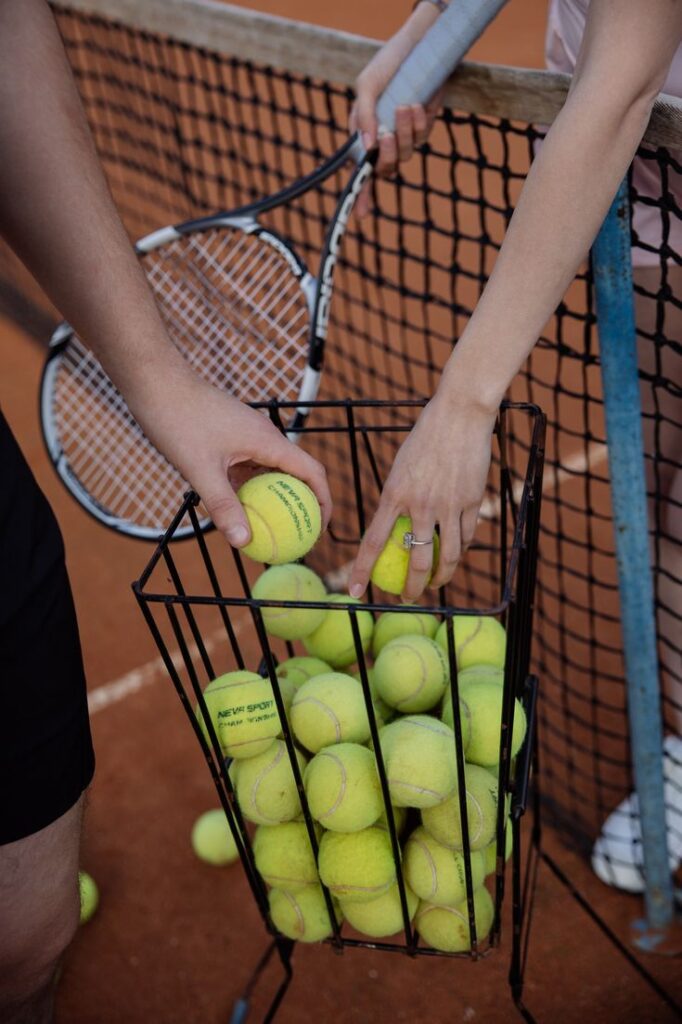
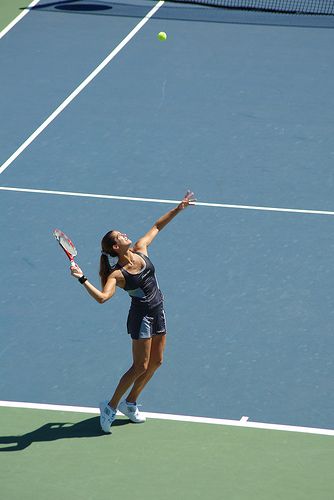
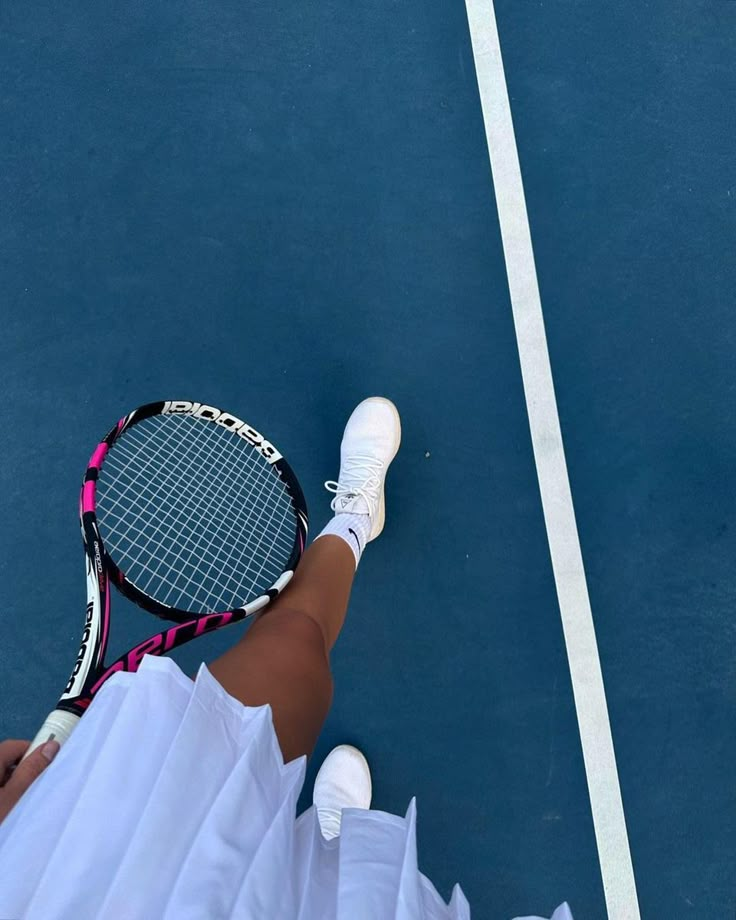
The modern serve is not an arm movement; it’s a whole-body kinetic chain that starts in the legs. Power is generated from the ground up.
Loading the Legs: The “Coil”
The first major source of power comes from bending your knees and loading your weight.
- Knees: As the racquet drops into the “trophy position” (racquet up, elbow back), bend your knees to load your legs like a spring.
- Hip Rotation: As you explode upwards, your hips should be the first part of your body to rotate and drive forward, pulling your shoulder and arm along.
The Trophy Position and Racket Drop
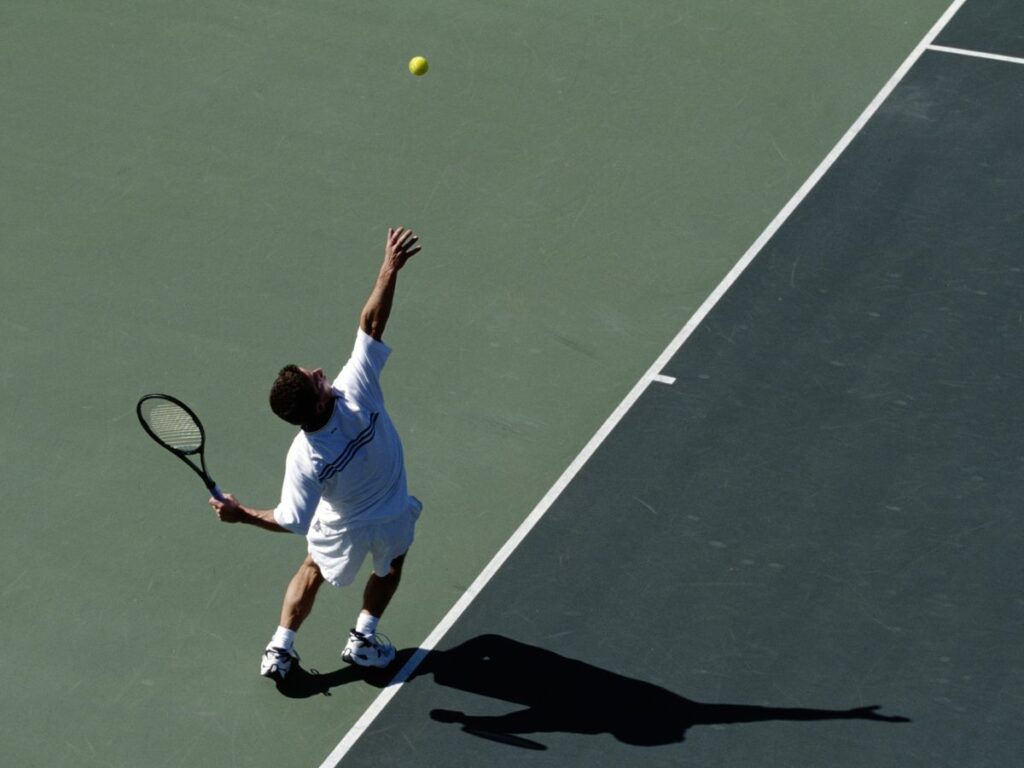
This mid-point of the serve is critical for creating racquet head speed.
- Trophy Position: Both arms are extended, the tossing arm pointing at the ball, the hitting arm bent, holding the racquet up. This position is a moment of stillness and balance.
- The Drop: From the trophy position, the racquet should drop down your back. This is often called “scratching your back” or the “load phase.” This action builds momentum and puts the racquet head into its lowest point before accelerating upwards toward the ball.
Pronation: The Whip
The whip-like motion that delivers racquet head speed is called pronation.
- Impact: Using the Continental grip, you strike the ball by lifting up and out. For a flat serve, you hit the back of the ball; for a kick serve, you brush up and over it.
- Follow-Through: After contact, the wrist and forearm should naturally pronate (turn over). This results in the racquet head finishing on the non-hitting side of your body. If your racquet finishes on your hitting side, you are not pronating and are sacrificing spin and power.
Pro Insight: Roger Federer and Pete Sampras are often cited for having textbook serving motions, relying heavily on a fluid, complete kinetic chain rather than pure muscle.
4. Spin vs. Power: The Three Serve Types
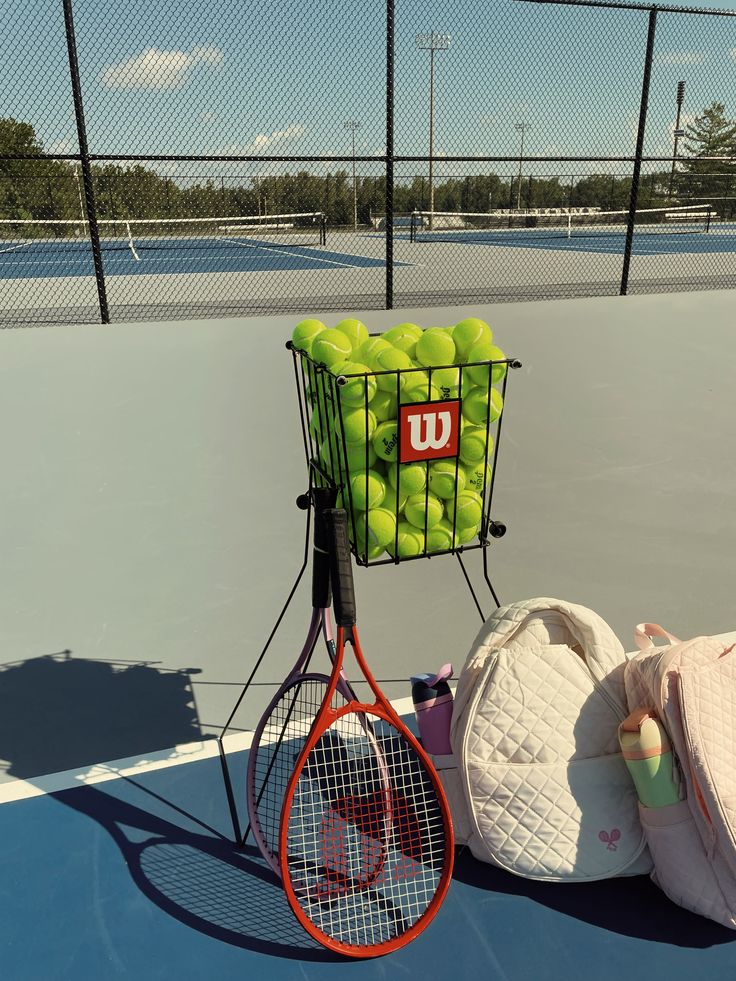
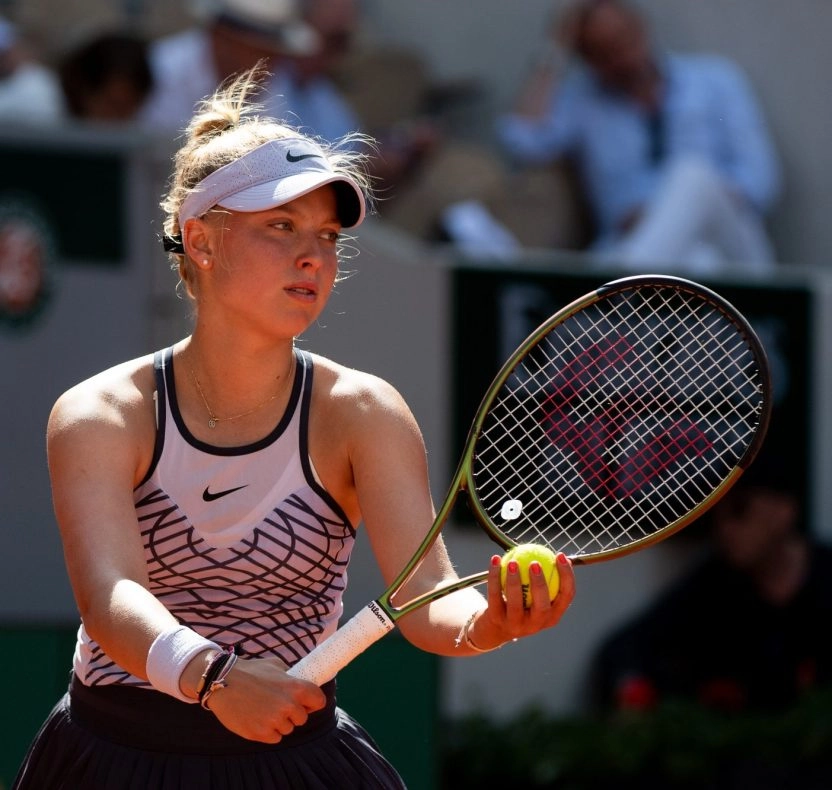
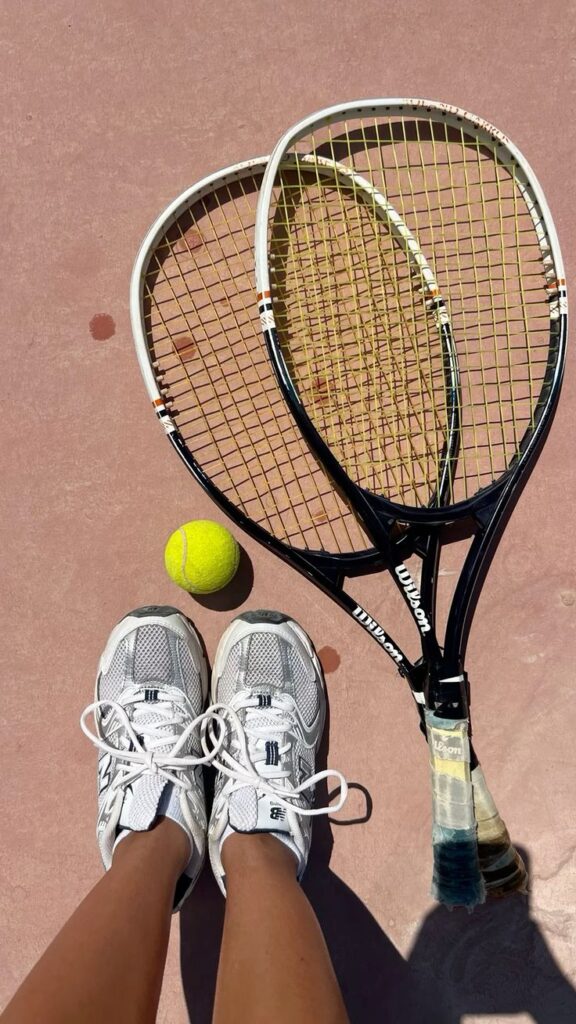
Relying solely on a flat, powerful serve will leave you vulnerable. The pros use variety to keep the opponent guessing, utilizing three main types of serves.
A. The Flat Serve (Power)
- Goal: Maximum speed and penetrating depth.
- Contact: Hit the center back of the ball.
- Toss: Slightly in front of you, forcing a forward body trajectory.
- Use: Often used as a first serve to try and score an ace or a quick winner.
B. The Slice Serve (Wide/Body)
- Goal: Curve the ball wide and pull the opponent off the court, opening up the other side.
- Contact: Brush the side of the ball (right side for right-handers, left side for left-handers).
- Toss: Slightly to the hitting arm’s side, making it easier to contact the ball sideways.
- Use: Especially effective in the Ad-Court (left service box) to pull a right-handed opponent wide.
C. The Kick/Topspin Serve (Consistency/Safety)
- Goal: High bounce and extreme clearance over the net, providing high consistency.
- Contact: Brush the ball from bottom-left to top-right (for a right-hander). This creates heavy topspin, causing the ball to “kick” high upon bouncing.
- Toss: Directly overhead or slightly behind the head (around 12 to 1 o’clock). This forces a strong upward brush.
- Use: The most reliable second serve. The heavy spin provides a margin of safety, making it difficult for the opponent to attack.
Expert Opinion: Former world No. 1 Andy Roddick once stated, “If you’re only hitting flat serves, you’re only giving your opponent one look. You need the slice and the kick to open up the court.”
5. Mental and Tactical Adjustments
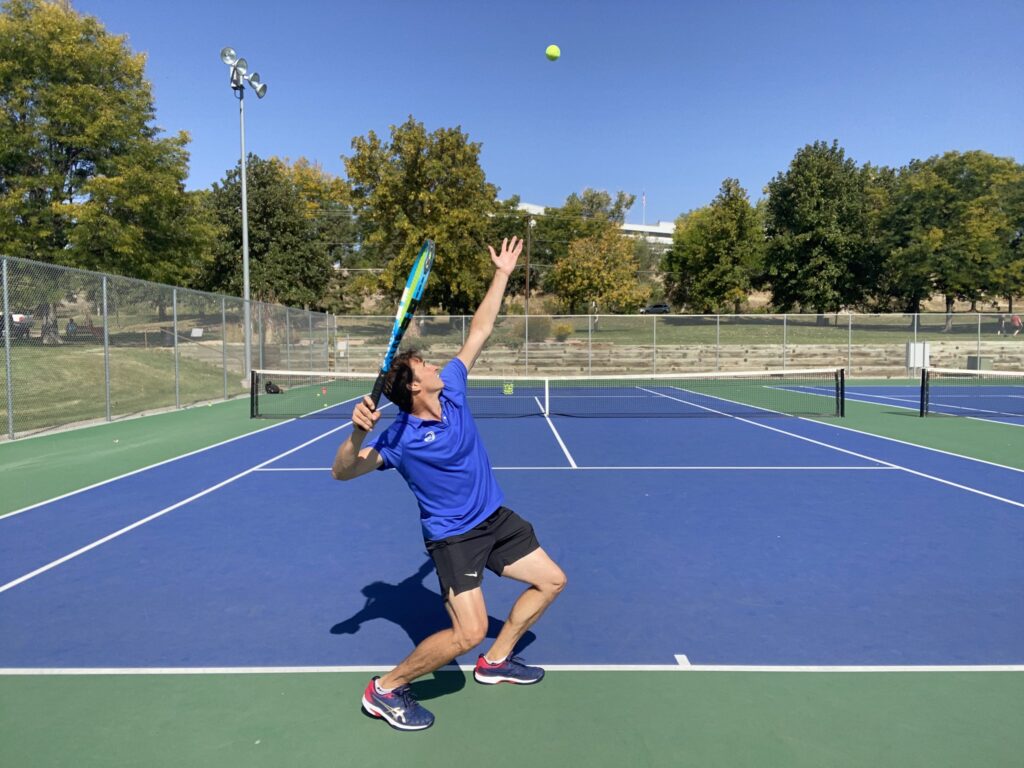
The serve is as much a mental game as it is a physical one. Consistency under pressure is what separates great servers from good ones.
Consistency is Your First Serve
Don’t go for a 130 mph flat serve if you can only make 40% of them. A good first serve percentage (60%+) that lands deep and with pace or spin is far more effective than a few screaming winners mixed with many double faults.
- Focus on the Target: Pick a tiny, specific target (the corner of the service box, a mark on the line) instead of just aiming for the box. This increases your focus and precision.
- The 2-Second Reset: After losing a point, give yourself a mental break. Don’t rush to the next serve. Take two seconds to breathe, re-center, and visualize the perfect toss and swing.
The Second Serve Mentality
The second serve is not a charity toss; it’s a calculated offensive weapon.
- Avoid the “Push”: Never just push the ball over the net. Your second serve must still have depth and spin to prevent an immediate aggressive return from your opponent.
- Use the Kick: The topspin/kick serve is the safest and most effective second serve. The high bounce forces the returner to hit the ball above their shoulder, instantly putting them on the defensive.
Serve Strategy by Court
Serve strategically based on where you are on the court.
| Court Position | Goal/Effect | Recommended Serve Type |
| Deuce Court (Right Side) | Hit down the center line (T) or wide. | Flat (T) or Slice (Wide) |
| Ad Court (Left Side) | Hit out wide or attack the opponent’s body. | Slice (Wide) or Kick (Body/T) |
Экспортировать в Таблицы
Drill Idea: Practice serving 10 balls to each of the 3 zones (wide, body, T) from both the Deuce and Ad courts. Keep track of your percentage and try to maintain at least 70% consistency.
Conclusion: Serve with Intent
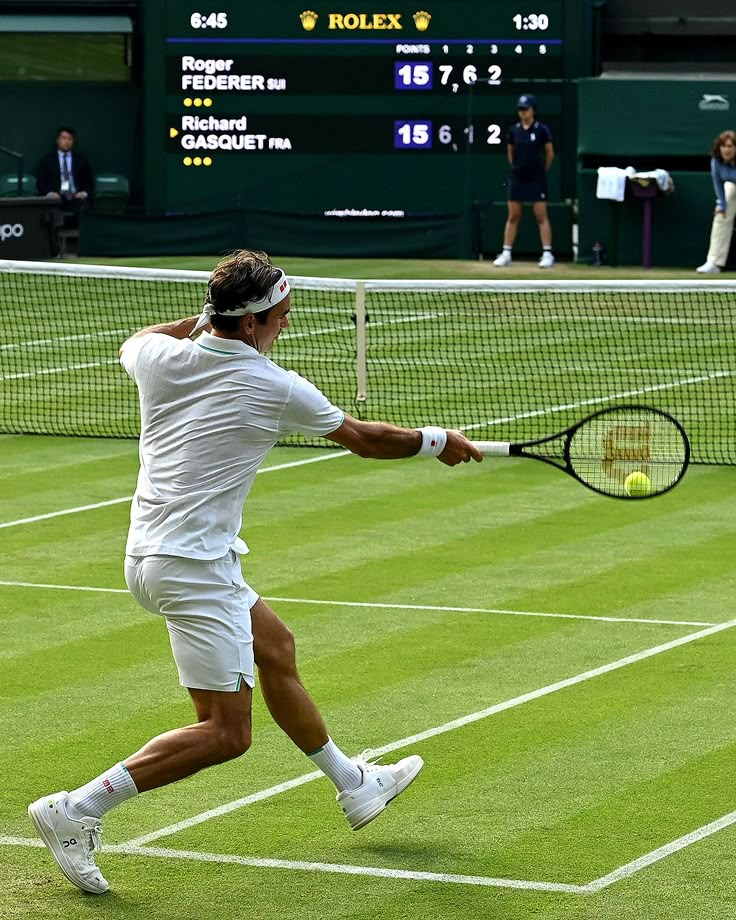
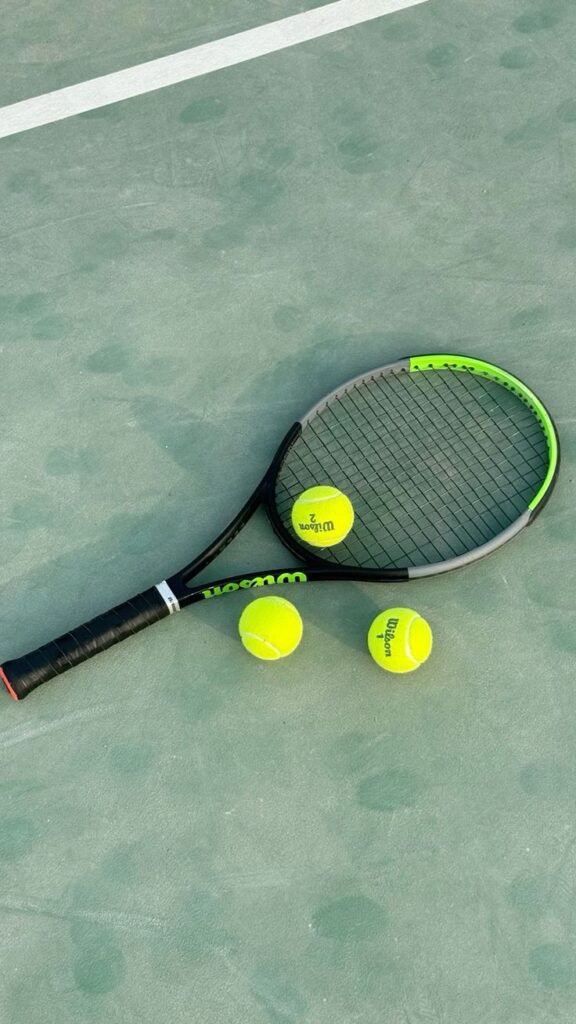
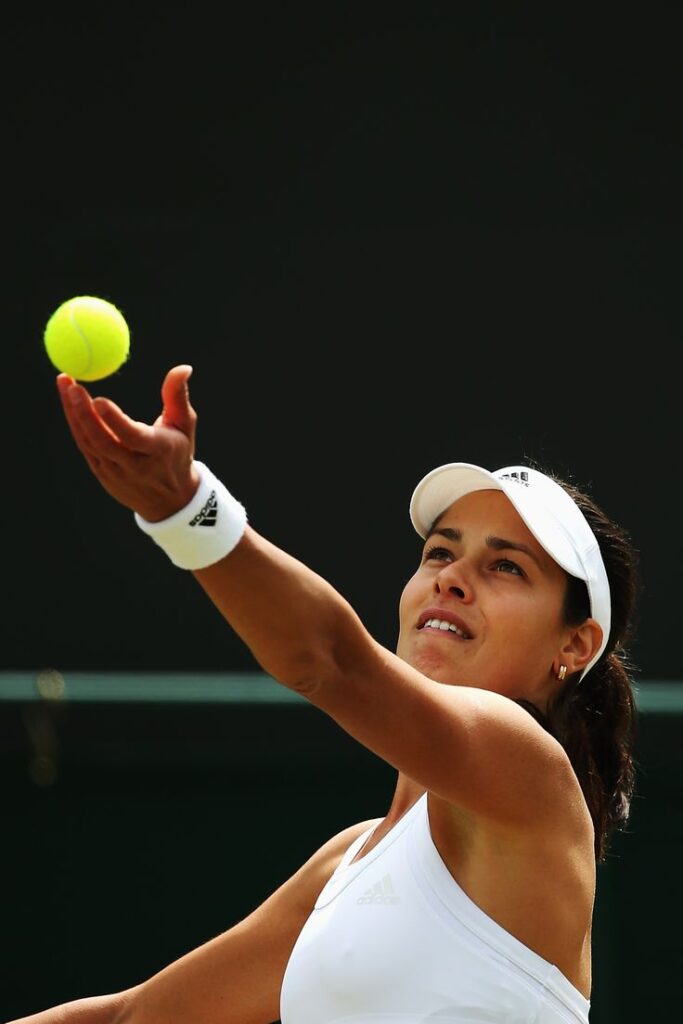
Improving your tennis serve is a journey of small, iterative improvements, not one giant leap. It requires patience, repetition, and a critical look at your technique. By focusing on the Continental grip, mastering your toss placement, engaging your entire kinetic chain from the ground up, and utilizing the three types of spin, you will build a serve that is consistent, powerful, and a tactical advantage.
Remember, every great point starts with a great serve. Don’t just serve to start the point—serve to win it.
Your Call to Action: Head to the court with 20 tennis balls and commit your entire practice session to the toss drill and the three-zone targeting drill. Focus on quality of motion over quantity of serves.
Frequently Asked Questions (FAQ)
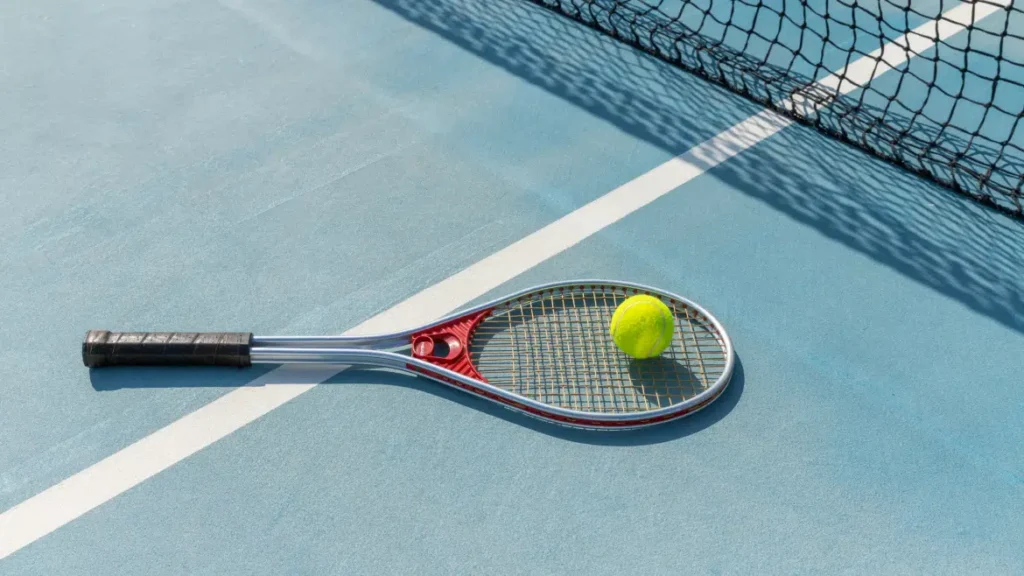
Q1: What is the most common mistake beginners make with their serve?
A: The most common mistake is using the wrong grip (often an Eastern or Semi-Western) which prevents the necessary pronation for power and spin. The second major mistake is an inconsistent toss, leading to errors in timing and contact point.
Q2: Should I focus on power or consistency first?
A: Always focus on consistency first. A reliable, well-placed serve that you can land 70% of the time is far more valuable than a powerful serve that results in a high percentage of double faults. Once you have consistent technique, power will naturally increase as you engage your legs and core more effectively.
Q3: Why do I hit the net so often with my second serve?
A: This usually happens because you are trying to hit flat on your second serve. The solution is to use more topspin (a kick serve). Topspin creates lift, allowing the ball to clear the net by a large margin while still dipping sharply into the service box. Focus on brushing up and over the ball, rather than pushing through it.
Q4: What is “racquet head speed” and how do I increase it?
A: Racquet head speed is how fast the racquet is moving at the moment of impact. It is the primary factor in generating power. You increase it by using the kinetic chain—coiling and jumping with your legs, leading with your hips, and allowing the final motion to be a whip-like pronation of your wrist and forearm. Avoid muscling the ball with just your arm; let the racquet do the work.
Q5: How do I know if I have the correct Continental grip?
A: Using the Continental grip, if you lay the racquet flat on the ground and then pick it up, you are likely in the correct grip. A simple check: if you hit a forehand with the Continental grip, it would feel awkward and require your wrist to bend back, which is a sign you are using your forearm/wrist correctly for the pronation of the serve.
